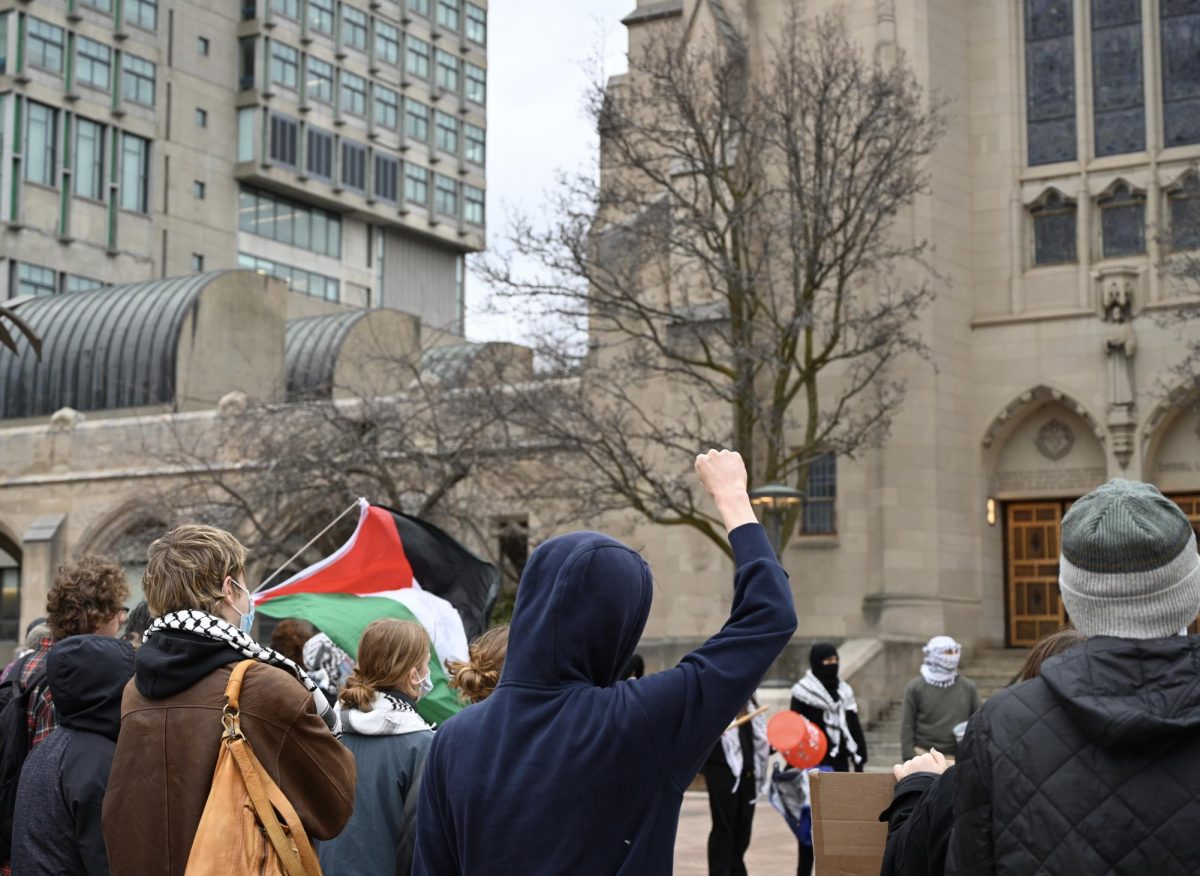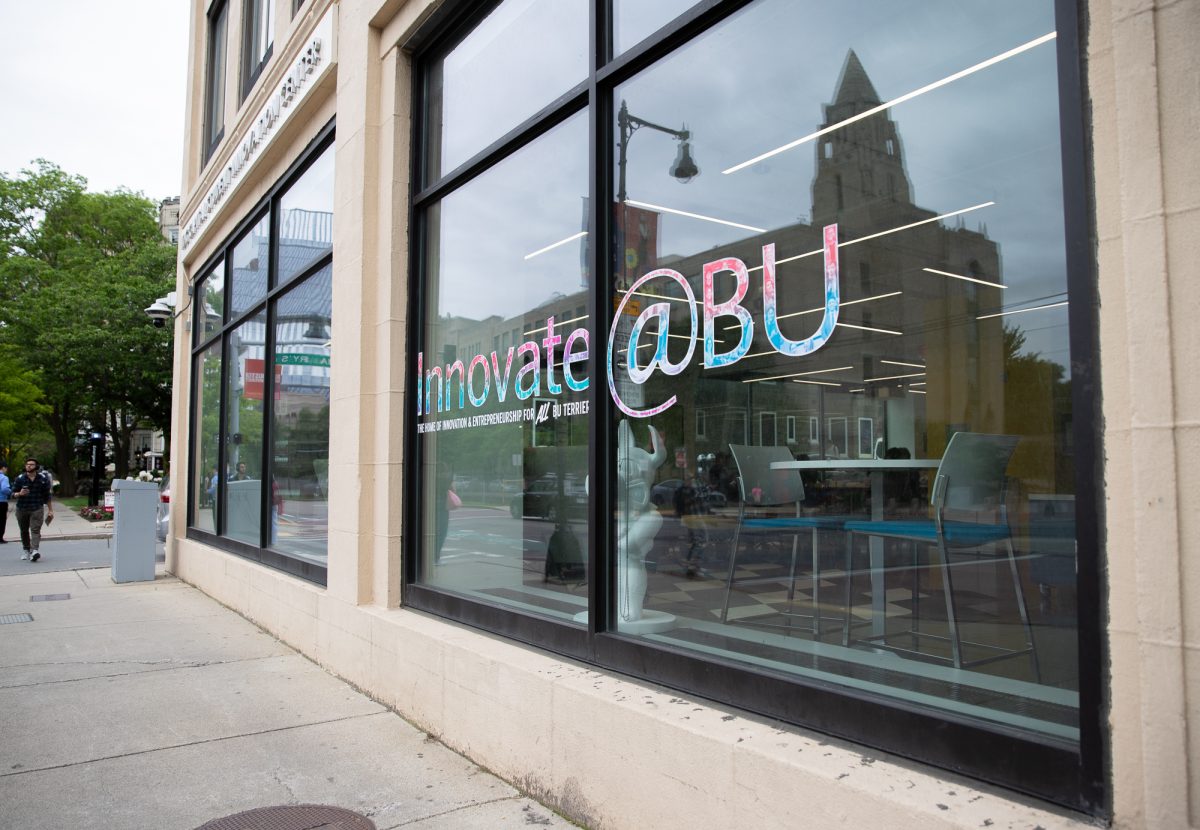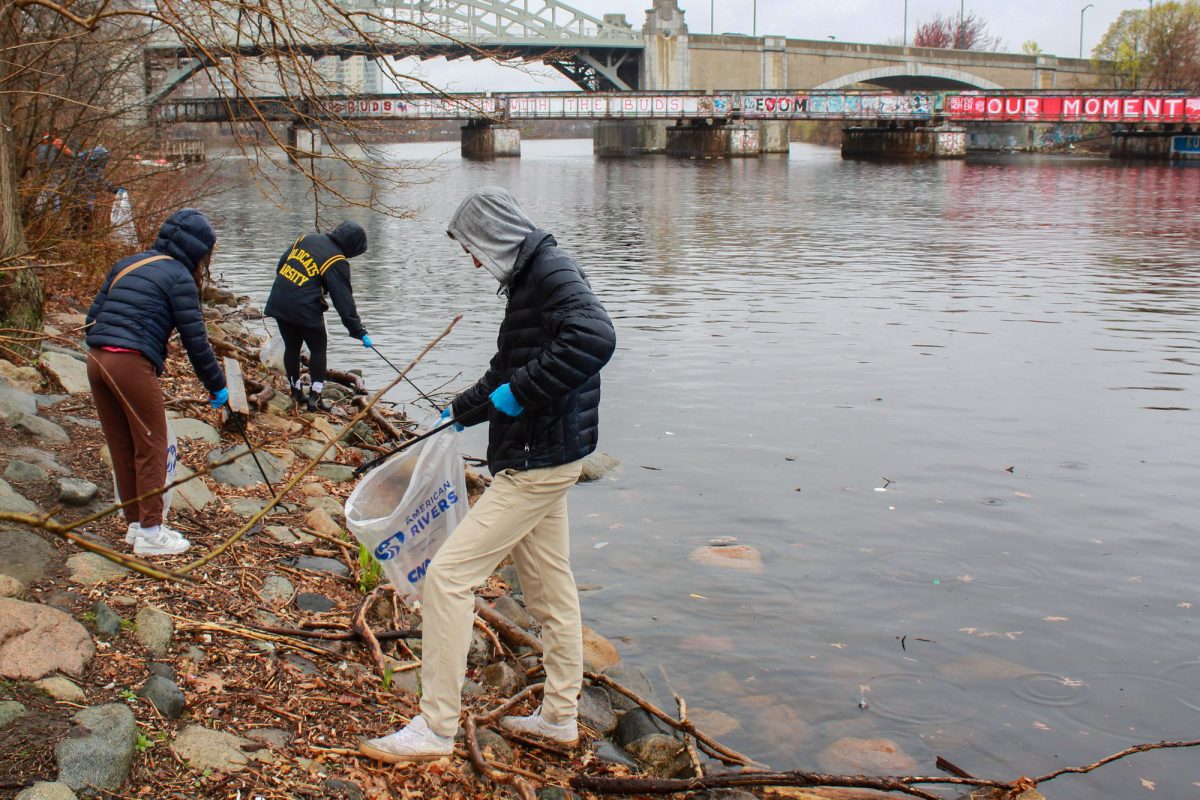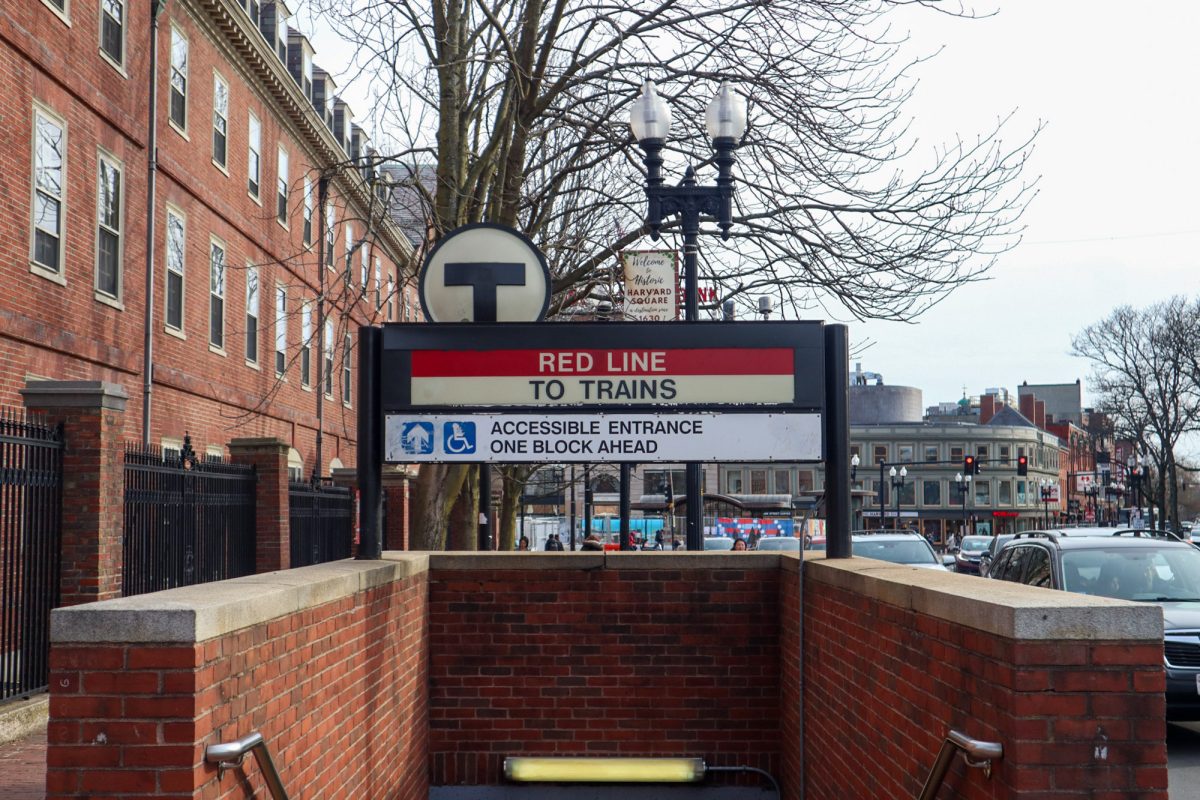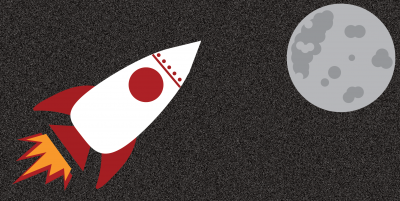
Innovation is the driving force behind the many successes humans have been able to achieve. Therefore, many would say it is imperative that we learn and continue to think outside the box, to be innovators, to continue successfully tackling issues that already exist and may arise in the foreseeable future.
During a two-day hackathon Saturday and Sunday at the Harvard University Graduate School of Design, NASA provided a multitude of brilliant minds with an array of technological challenges. The hackathon, International Space Apps Challenge, is an international event that has takes place in various locations worldwide. Started in 2012, the ISAC aims to promote teamwork among citizens through the confrontation of real-life challenges in both space and on earth.
Binnovative, a nonprofit organization that aims to cultivate the entrepreneurial mindset of communities in Boston and Japan, has organized the two-day event annually since 2014. This year, Binnovative has partnered with Boston Children’s Museum for the first time.
“The Boston Children’s Museum has a Japanese exhibition that houses a traditional house from Kyoto, and we have the shared goal to show children that Japan and Boston collaborate,” said Eriko Nishimoto, a lead organizer of ISAC Boston and founder of Binnovative.
Consequently, the winning team’s project is scheduled for presentation at Boston Children’s Museum on July 23. Its members will speak at the museum’s inaugural Boston Mini Maker Faire, a celebratory event to showcase the works of local entrepreneurs, designers, engineers, inventors, scientists and those who have a passion to create their own projects.
Nishimoto’s work at Binnovative encourages collaboration between Japan and Boston. Nishimoto said she saw the ISAC as another opportunity to encourage creativity and innovation among the two communities.
“We are the first organizing city to have mixed teams,” said Harish Kamath, a lead organizer of ISAC Boston and founder of Binnovative. “NASA actually encouraged it because their goal is to encourage teamwork across the globe, and we [in Boston] decided to do a collaboration across cultures.”
Nishimoto said this year’s hackathon consisted of 13 teams — eight mixed teams and five local teams.
The mixed teams were special teams that included local participants in Greater Boston and participants from Japan. The team members were able to communicate through tools such as Skype and Google Hangout.
One of the five local teams was comprised of four members — two engineers and two designers — that created an audio-visual, circadian-programmed device to aid astronauts in space dealing with sleep deprivation.
One of the team’s engineers, Thomas Kuncewicz, a junior studying neuroscience and biology at Brandeis University, said the team came up with the idea of their device called Hypnos because “existing sleep medication for space travel is not completely adequate.”
The mixed teams outnumbered the local teams, illustrating the theme of cross-cultural collaboration for this year’s ISAC that Nishimoto wanted to endorse.
“This is our third year organizing the hackathon, so the idea is similar this year, but now we know how to organize and incorporate the mixed teams better,” Nishimoto said.
The organizers said they believe the cross-cultural teamwork across continents will be rewarding to both local Bostonians and overseas participants in Japan, as they learn to see and tackle challenges through different perspectives. They said the hackathon is not just aimed at these two groups, however, but it is also open to everybody.
“Although Binnovative’s main focus is on bridging the Japanese and Boston communities together, the NASA Space Apps Challenge is for everybody regardless of background,” Kamath said. “The Boston community is very tech- and science-orientated, and a hackathon is the right forum for people to come together to create new ideas and products for a common purpose.”






